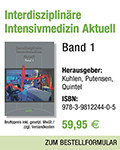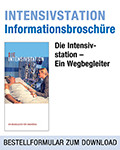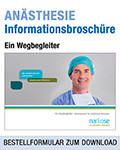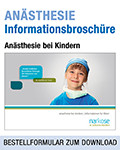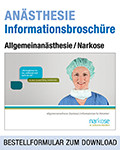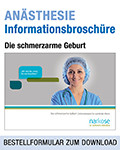
61. Jahrgang - Mai 2020
S3-Leitlinie: Sepsis 2018 Prävention, Diagnose, Therapie und Nachsorge – Zusammenfassung starker Empfehlungen*
S3 Guideline: Sepsis 2018. Prevention, diagnosis, prevention, aftercare – summary of strong recommendations*
Eine Sepsis ist eine akut lebensbedrohliche Organdysfunktion, hervorgerufen durch eine inadäquate Wirtsantwort auf eine Infektion. Für die Diagnose einer Sepsis-assoziierten Organdysfunktion ist eine Veränderung des Sequential Organ Failure Assessment (SOFA)-Scores um ≥ 2 Punkte zu verwenden. Zur hämodynamischen Stabilisierung von Patienten sollte eine intravenöse kristalloide Lösung innerhalb der ersten 3 Stunden verabreicht werden.
0,9 %ige Kochsalzlösung sollte NICHT verwendet werden. Eine schematische Mindestinfusionsmenge und ein allgemeiner Zielwert für den mittleren arteriellen Blutdruck werden nicht empfohlen. Intravenöse Antiinfektiva sollten so schnell wie möglich verabreicht werden – möglichst innerhalb 1 Stunde nach Diagnosestellung. Um alle wesentlichen Bakterien zu erfassen, wird die Anwendung einer empirischen Breitspektrumtherapie mit einem oder mehreren Antibiotika empfohlen. Um die antimikrobielle Therapiedauer zu verkürzen, sollten Messungen des Procalcitonin-Werts vorgenommen werden.
Sepsis is an acute life-threatening organ dysfunction resulting from an inadequate host response to an infection. The diagnosis of sepsis-associated organ dysfunction should be based on a change of ≥ 2 points using the Sequential Organ Failure Assessment (SOFA) score. An intravenous crystalloid solution should be administered within the first 3 hours to achieve a haemodynamic stabilisation of the patient. A 0.9% NaCl solution should NOT be used. A schematic minimum infusion amount and a general target value for the mean arterial blood pressure are not recommended. Intravenous anti-infectives should be administered as soon as possible – if possible within 1 hour after confirmed diagnosis. The application of an empirical broad-spectrum antibiotic or multiple antibiotics is recommended in order to account for all significant bacteria. Measurements of the procalcitonin value should be done to shorten the duration of antimicrobial therapy.






